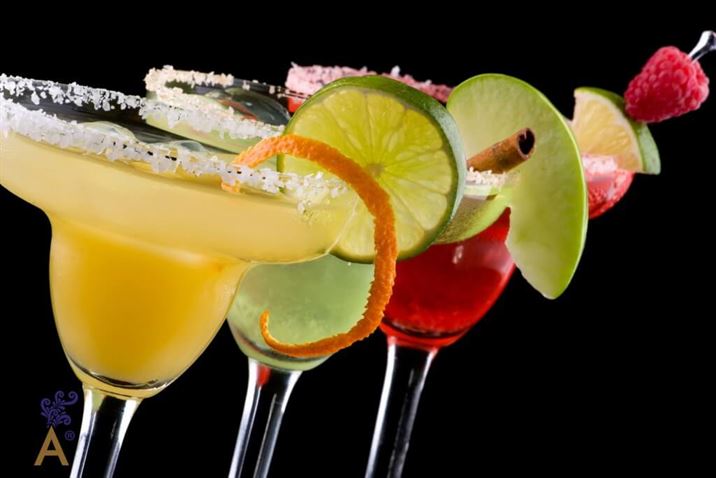How Baja California Sur makes one of the world’s most famous cocktails taste even better.
The variety of ways to make a margarita is as plentiful as the number of stories about who invented the original classic recipe.
Dating back to the early 1930s, tales of who came up with the mixture range from an Irishman who ran a bar in Tijuana to a wealthy socialite named Margarita who served it to her friends. The beginnings of this drink may be disputed but its popularity is not. Few cocktails have sustained such longevity and its tequila roots are inarguably pure Mexican.
The Margarita was named the “Drink of the Month” in the December 1953 issue of Esquire magazine. The recipe called for one ounce of tequila, a dash of triple sec and the juice of half a lime or lemon, poured over ice into a salt-rimmed glass. This method of preparation has been called the perfect combination of sweet, salty, sour and bitter.
Controy, a Mexican orange liqueur, not triple sec, is used in Mexico’s margaritas. Until recently, Controy was not exported out of Mexico, which is why triple sec or Cointreau and sometimes the more expensive liqueur, Grand Mariner, show up in recipes.
In Baja California Sur, we have another liqueur that is sometimes used in place of Controy, but most often splashed in as an additional ingredient. When you experience your first enhanced Baja margarita, you might notice a slight herbal taste with a combination of sweetness and spice. What you are tasting is Damiana liqueur.
Damiana is a shrub like plant that grows wild on the desert hills of the Peninsula. The flavorful and potent liqueur is not the only product derived from this unique plant. The leaves are also used to make tea and there are claims of herbal remedies predating written history. The most popular and sustained belief is the aphrodisiac benefits of the plant.
Once you have tried one of our regional margaritas with the Damiana liqueur, you will probably want to buy some to take home with you. The bottle is easy to find. It’s the one shaped like a pregnant woman, symbolizing its fertility powers.






